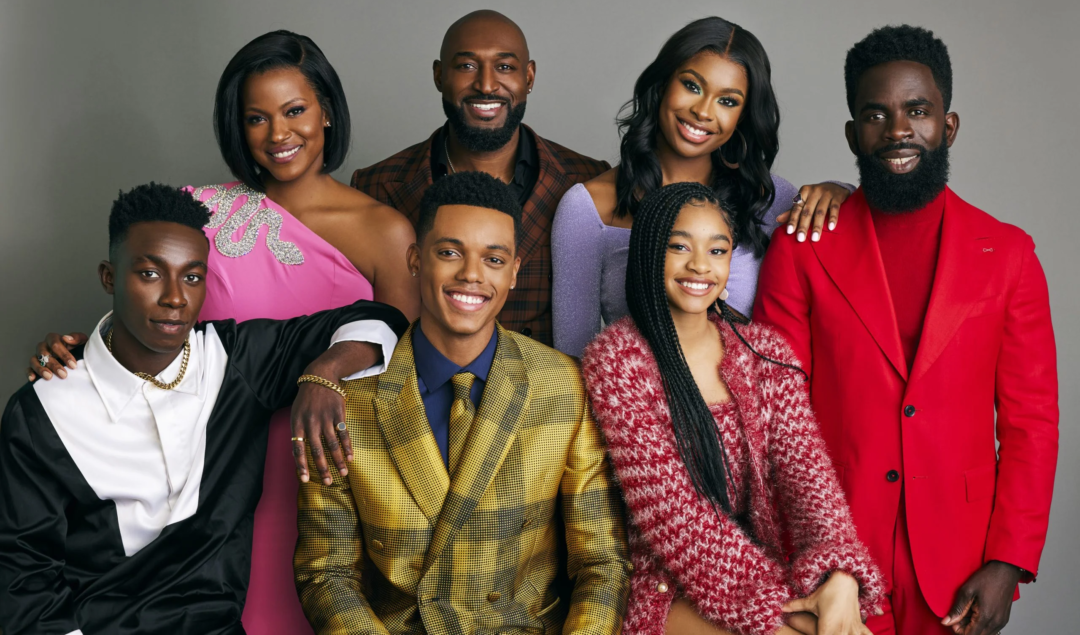Black Americans Consume The Most Media But Seek Better, More Diverse Representation

Black Americans consume more media than any other US population, but almost 70% wish they saw better representation, a Nielsen report has found.
Black Audiences Consume The Most Media
Nielsen’s “The Global Black Audience” report highlights Black America’s significant engagement with media and their perspective on representation in content and advertising.
Black Americans remain today’s core audience, spending more time with media than any other US population, 81 hours weekly. Black audiences 18 and older in the US spend the most time on media daily – nearly 12 hours.
The increased time spent on media platforms is partly a product of the increased internet connectivity.
Broadband-only (BBO) TV homes, which access TV content through an internet connection, account for over two-fifths (44%) of Black US TV households – up from less than 13% in 2019.
In the quest for representative content, Black audiences are also willing to pay for multiple streaming services, with over 70% using three or more streaming services and programming distributors such as YouTube TV, fuboTV, and Hulu Live.
“When it comes to the media consumption of Black America, it really just means content is key to our culture,” Charlene Polite Corley, VP of Diverse Insights and Partnerships at Nielsen, told NBC News.
“‘Have you seen this show? Have you heard this album? Stream this latest hit.’ Those are forms of cultural cachet.”
More Black Talent on our screens
The report also found that Black talent on TV has never been more visible.
Black talent had a higher share of screen (SOS) than other historically excluded populations in the second quarter of this year, making it the first time that Black SOS was highest across all TV content options.
From this, over three-fifths of Black respondents (62%) felt that watching diverse, representative programming was a way to learn more about the struggles and experiences of their identity group.
This was compared to two-fifths (43%) of audiences overall.
Read: Characters With Dark Skin Are Getting More Screen Time But Gaps Persist, Finds A New AI Study
A need for better representation
Despite increased representation on our screens, almost 70% of Black audiences felt there was room for improvement.
Black LGBTQ+ audiences felt the most misrepresented (70%), followed by Black men (66%), Black people with disabilities (64%) and Black women (60%).
“What the prevailing message for me is that the practices of years past where maybe just having one character wasn’t enough – the funny best friend or the nice and loving mom,” said Polite Corley. “People want the nuance and intersectionality and the authenticity.”
Over three-fifths (61%) of Hispanic and Latino audiences and 59.7% of Asian American and Native Hawaiian/Pacific Islanders (AANHPI) felt the same.
The issue of representation also extends to advertising, as more than 35% of Black Americans believe brands portray all Black people the same in ads.
A recent American Association of Advertising Agencies report found that the advertising sector remained largely white-dominated, with white professionals making up 64.6% of the industry in 2022.
Almost 70% of Black Americans (66%) were reported willing to cut ties with brands that devalue the Black community. The trend extends to other countries, with 83% of Black consumers in Nigeria saying they would be willing to cut ties with brands that devalue them.
Overall, Nielsen’s report underscores the value and importance of building trust with Black audiences, whose buying power is expected to top $2 trillion in the US by 2026.
Black consumers are diverse
“Brands and programmers trying to connect with Black America have their work cut out for them to push beyond ‘urban’ and represent the spectrum of African American traditions,” said Polite Corley.
She highlighted the added nuance needed to cater to America’s growing Black immigrant and Black first-generation populations.
“When considering any kind of engagement with Black audiences, it’s key to remember that Black culture is vast and expansive, and the global exchange of influence needs to be taken into account.”



